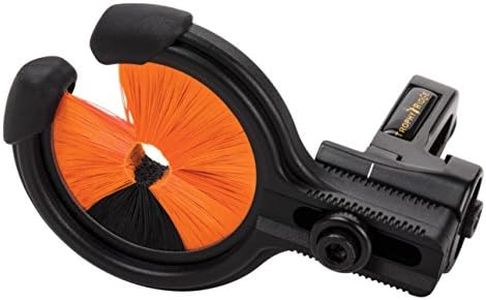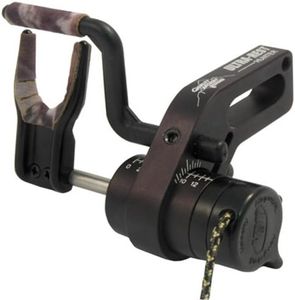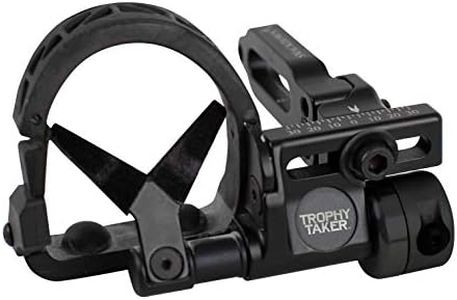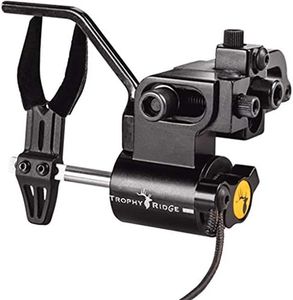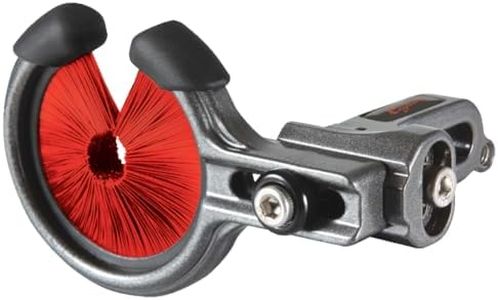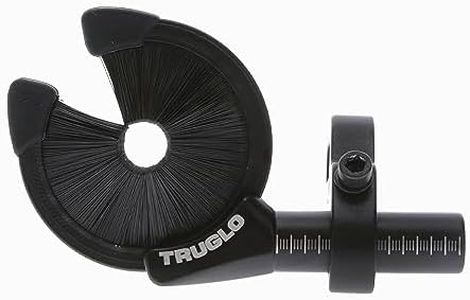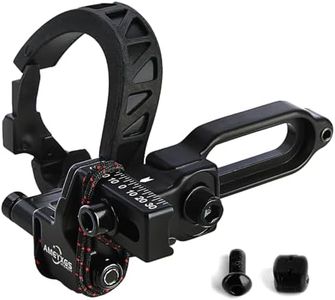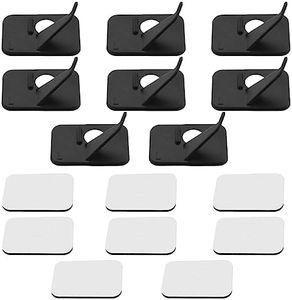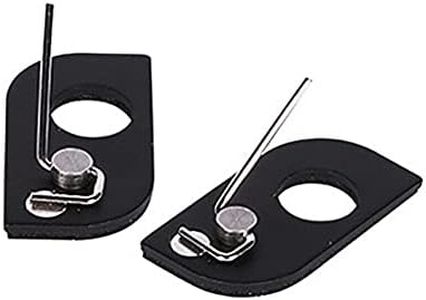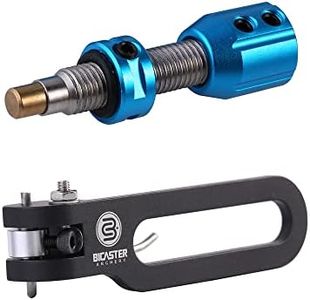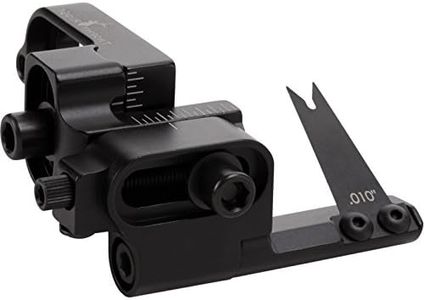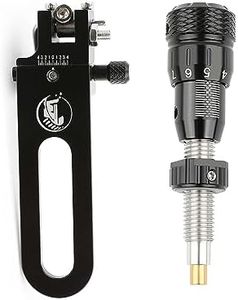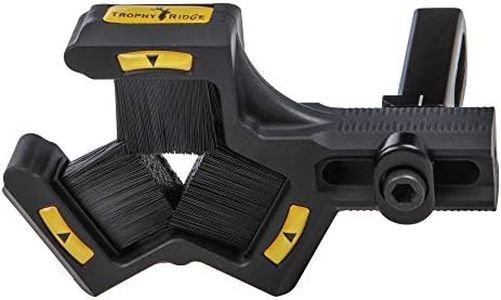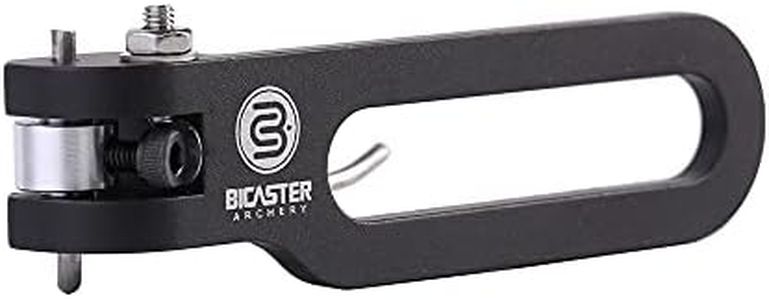We Use CookiesWe use cookies to enhance the security, performance,
functionality and for analytical and promotional activities. By continuing to browse this site you
are agreeing to our privacy policy
10 Best Archery Rests
From leading brands and best sellers available on the web.Buying Guide for the Best Archery Rests
Choosing the right archery rest is crucial for improving your accuracy, consistency, and overall experience with a bow. An archery rest, sometimes called an arrow rest, is the part of your bow that holds and supports the arrow until you release the string. The rest you pick can greatly influence arrow flight, ease of use, and even your enjoyment of the sport. To find a good fit, think about what type of archery you do, your skill level, and how much you value factors like precision, durability, and ease of setup. Understanding key features will help you select a rest that supports your shooting style and goals.Type of RestThe type of archery rest refers to its design and how it supports the arrow. Common types include simple shelf rests, capture rests, drop-away rests, and prong or whisker biscuit rests. Shelf rests are basic and often found on traditional bows, providing minimal interference with the arrow but less support. Capture rests cradle the arrow securely, great for beginners or hunters who need to move around without the arrow falling off. Drop-away rests lift and then drop out of the way upon release, offering maximum accuracy for target shooters or advanced users. Prong and whisker biscuit rests hold the arrow in place, offering balance between stability and reduction in friction. Your choice should be guided by your archery style (hunting, target, traditional) and your experience level.
MaterialMaterials used in archery rests include plastic, metal, and sometimes composite blends. Metal rests offer durability and often a smoother experience, preferred by frequent shooters or those seeking longevity. Plastic and composite rests are lighter and usually cheaper, suitable for beginners or casual users. If you shoot often or in variable weather, a metal or high-quality composite rest may be wise, whereas a casual archer may find a plastic rest perfectly sufficient.
AdjustabilityAn adjustable rest allows you to fine-tune its position for better accuracy and customization. Some rests let you move them left-right (windage) or up-down (elevation) to better align with your arrow and bow. Greater adjustability is helpful for competitive or advanced shooters who want to perfect their setup, while beginners may prefer a fixed, simpler rest that's easier to use with minimal setup.
Arrow ContainmentArrow containment describes how securely the rest holds the arrow before you release the string. Some rests keep the arrow completely enclosed, preventing it from falling off, which is ideal for beginners or hunters navigating rough terrain. Others only lightly support the arrow, allowing for faster shooting and less contact (which can improve accuracy) but increasing the chance the arrow shifts before release. If you want reliability in the field or you're new to archery, high containment helps. If you value precision above all, less containment may be advantageous.
Ease of InstallationEase of installation is about how simple it is to attach the rest to your bow and get it ready for use. Some rests require special tools or professional help to mount and adjust, while others can be installed at home with minimal effort. If you're new to archery or like to switch between different rests, look for one with straightforward installation. More advanced or custom models may be trickier but offer other benefits in precision and customization.
Noise and VibrationNoise and vibration refer to how much sound and movement a rest makes when you shoot. Quieter rests are important for hunters who need to avoid spooking game, while vibration dampening also improves comfort and accuracy. Simple, well-padded, or whisker biscuit-type rests tend to be quieter. If hunting is your focus, prioritize quiet, low-vibration rests. For target shooting in controlled environments, this factor can be less critical.
